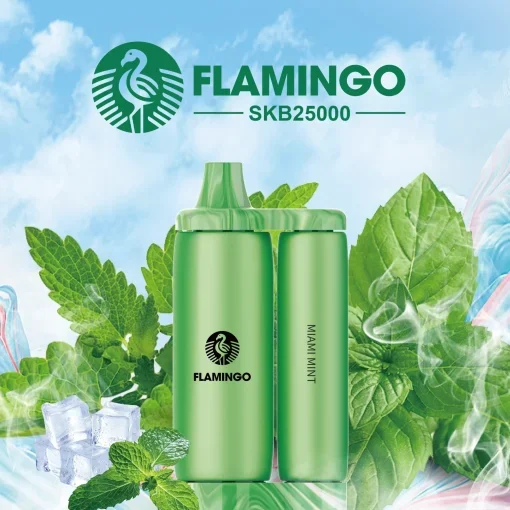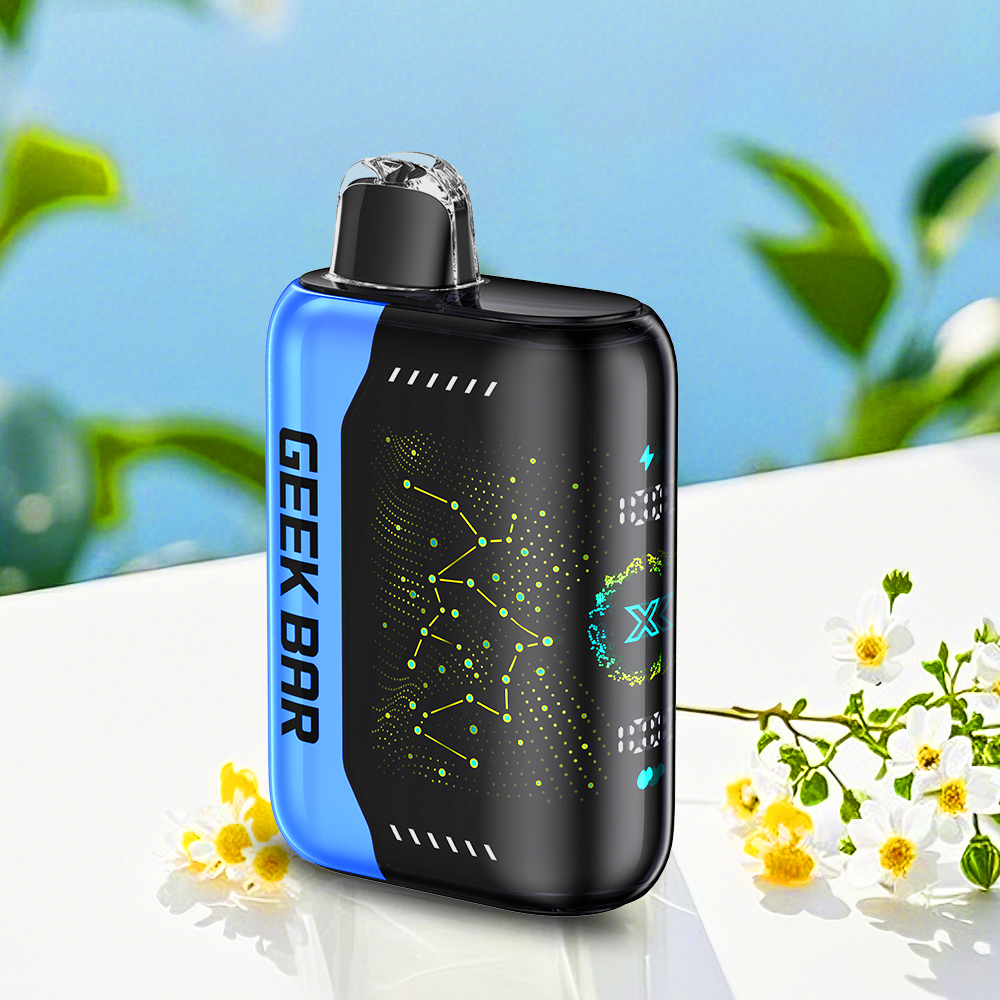The Rise of Vape Culture: Exploring Trends, Health Perspectives, and Global Markets
In recent years, vaping has transitioned from a niche hobby to a mainstream cultural phenomenon. What was once a simple alternative to smoking has evolved into a global industry that captivates millions of enthusiasts. This article delves deeply into the pervasive trends of vaping culture, contrasting health considerations, and the vibrant global markets that fuel the vape revolution.
A Brief History of Vaping
Vaping's origins can be traced back to the early 2000s when Chinese pharmacist Hon Lik developed the first modern e-cigarette as a smoking cessation tool. Since then, it has undergone significant transformations, leading to a flourishing subculture. Vaping devices have progressed from basic, bulky models to sleek, sophisticated vape pens and mods, functioning on advanced technology and customization options.
The Explosive Growth of Vape Culture
With the rise of social media platforms, especially Instagram and TikTok, vaping culture has gained unprecedented visibility. Influencers and content creators promote various vape brands and techniques, creating an online community where enthusiasts share tips, tricks, and experiences. Terms like "cloud chasing" and "squonking" have become part of the lexicon. Vape competitions showcase extraordinary skills, drawing in crowds and emphasizing the artistry involved.
Demographics of Vapers
The demographic makeup of vaping communities is diverse. Initially thought to attract younger individuals, studies suggest that vaping spans across different age groups, including adults looking to quit smoking. Furthermore, the perception of vaping as a healthier alternative has lured some individuals away from traditional tobacco products. Yet, there is ongoing debate regarding the impact of these trends on youth, as more adolescents experiment with vaping products.
Health Perspectives: The Ongoing Debate
While many view vaping as a safer option compared to smoking, healthcare professionals continue to voice concerns about potential risks. The long-term health effects of vaping are still under investigation, and cases of severe lung injury associated with certain vaping products have raised alarms. It is crucial for users to educate themselves about the ingredients in vape liquids and the potential for nicotine addiction.
Medical experts highlight that while vaping could be a powerful tool for smoking cessation, it should not be considered entirely harmless. Many advocate for regulated products and clear labeling to mitigate risks. Vapers should also remain informed about the differences between reputable brands and those offering unverified products.
Global Markets and Economic Impact
The vaping industry has witnessed exponential growth, with global revenues projected to reach billions in the upcoming years. Countries like the United States, UK, and Japan have seen particularly significant market expansions. The rise of e-commerce has also made it easier for consumers to explore a diverse range of products and brands across the globe.
Regulatory Environment
As the market expands, so does the regulatory landscape. Countries are introducing varying degrees of legislation around the sale and advertising of vaping products. Some countries have adopted strict regulations akin to those for tobacco, while others encourage responsible marketing and usage. Navigating these regulations poses challenges for businesses, yet it also opens opportunities for growth in compliance-driven environments.
Innovations in Vaping Technology
Continuous advancements in technology have transformed the vaping experience. Features such as temperature control, customizable wattage, and Bluetooth connectivity are becoming standard in modern devices. New vaping products, such as pod systems and disposable vapes, cater to the convenience-seeking consumer. These innovations pave the way for more flavors, nicotine levels, and overall user experiences, keeping the vaping community engaged and excited.
Competitions between manufacturers foster innovation. Brands are competing not just for sales but also for prestige in producing high-quality, safe, and enjoyable products. This spirit of competition has made the vape sector dynamic, with trends like flavored vapes showing both popularity and controversy.
Sustainability in the Vape Industry
As with many industries, sustainability has become a pressing issue in vaping. The manufacturing and disposal of vape products pose potential environmental concerns. In response, some companies are exploring eco-friendly materials and recycling programs. Industry collaboration is critical in promoting sustainable practices while maintaining product quality and safety.
Consumer Education and Responsibility
Education plays a vital role in the vaping landscape. Manufacturers, retailers, and community leaders must work together to inform consumers about making responsible choices. This includes understanding the risks associated with vaping, recognizing the importance of age restrictions, and advocating for a balanced perspective on the culture.
The Future of Vaping Culture
As we look to the future, several questions arise regarding the sustainability and evolution of vaping culture. Will it continue to grow alongside the anti-smoking movement? How will emerging markets influence trends worldwide? The answers remain uncertain, but the interplay of health awareness, regulation, technological advancements, and cultural acceptance will be pivotal. By fostering open discussions, promoting responsible practices, and remaining adaptable, the vaping community can thrive in an ever-changing environment.
Ultimately, the vaping narrative encompasses far more than just devices and e-liquids; it reflects changing attitudes towards smoking, health consciousness, and community-building in the digital age. As the industry evolves, so too must our understanding and engagement with it, paving the way for a more informed and responsible vaping culture.





